Esparto in our lives
I am crazy for esparto. Baskets, espadrilles, cords , rugs, poufs, shutters, baseboards…there are hundreds of uses for esparto in one’s life
Where I come from in Andalucia it is a big business and it is all made by hand. Esparto is hardy, resistant, waterproof and environmentally friendly, as well as beautiful to look at. I think that my love for esparto comes from my mother who used to have a pile of different sized big baskets to go to the market with, as well as over 50 other baskets of every size to use as bread and fruit baskets, flat baskets to lay out fruit and vegetables, baskets for napkins, baskets for the chimney fire wood, baskets for magazines etc etc
Esparto grass, or halfah grass, can only be found in Southern Spain, which makes for the better quality one, and also grows in some parts of North Africa, the Tripoli variety which is coarse .
Esparto is ever-present in our daily lives in Spain but unfortunately it is very heavy and thus too expensive to export bales to the USA. I am particularly inspired by the esparto shutters or blinds used in cities like Sevilla and Cordoba to keep the broiling sun out . In most andalucian cities the temperatures soar in july and august to an average of 40 degrees celsius (104 fahrenheit) and we live nicely with no air conditioning. Houses are open during the cool morning hours, porous stone floors are mopped and a lot of water is sloshed on them after which the esparto curtains are pulled down, this means that the house will be kept cool all day through evaporation and lack of direct sunlight.
The best place to buy esparto products from is elespartero.com, they export all over the world and can make everything in any size and just for you. Persianas Alfalfa in Sevilla also make bespoke esparto shutters and blinds
The Spanish website Real Fabrica España specializes in artisanal and sustainable handcraft pieces from all over Spain, and they also propose a few items like pretty handbags and items for the home.
The gorgeous animal heads come from Cesteria Sagon in Madrid, dani@cesteríasagon.com
At the bottom of this post I have included a very detailed description of the art of esparto and how it is made, from the blog albaverde.com
Esparto grass as it grows all over Andalucia
Some of the many uses of esparto
I love these esparto zocalos or baseboards.
Here are shots from my last Andalucian trip to a couple of villages where you still find esparteros making baskets.
This first gentleman is Antonio El Sordo and as his name indicates, Antonio the Deaf One, he is deaf and mute and at 84 years old works from his garage. Here Antonio is making a huge zocalo or baseboard for someone’s caseta in the Sevilla feria….that is 60 square meters of zocalo! It takes him one year, first he has to order the new esparto which arrives end of august, then it has to dry, and only then he can weave it and it takes him 6 months to make.
check this out
My favorite esparto shop is this one. This funny badass lady called Juani makes esparto baskets, repairs chairs and fabricates all sorts of other items from this tiny shop/atelier in a village in the mountains.
With my friend Flo buying baskets
A donkey on a hill in the middle of nowhere
From the beautiful Madrid workshop of Javier S. Medina photographed below, some lovely animal heads. Javiersanchez-300@hotmail.com
And from the albaverde blog I have copied and pasted this very interesting and detailed text :




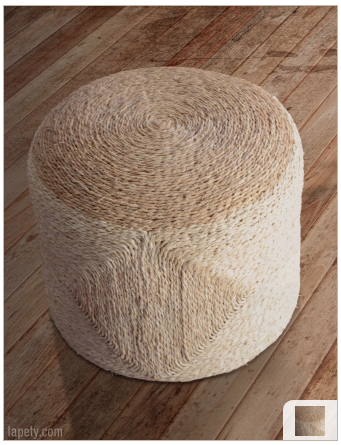

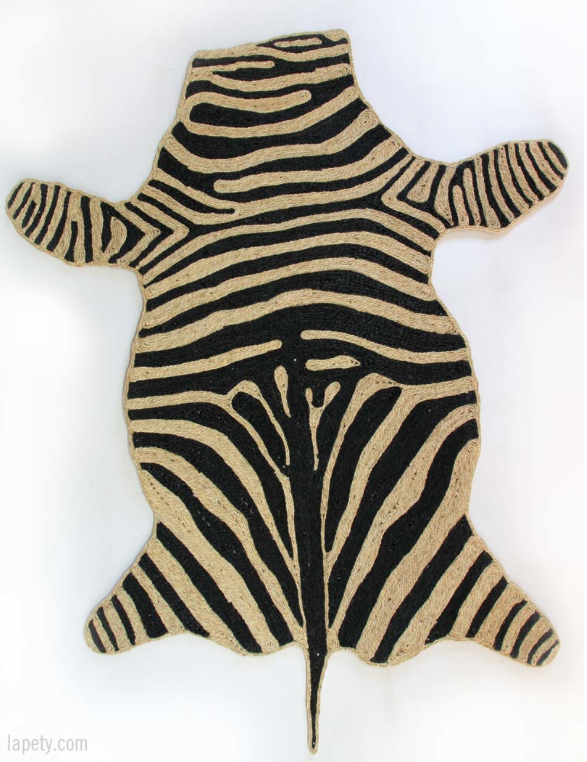

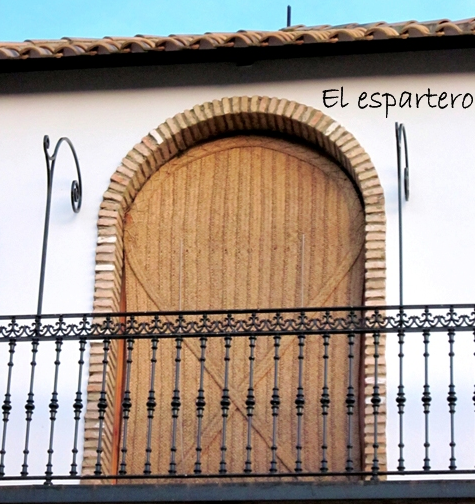
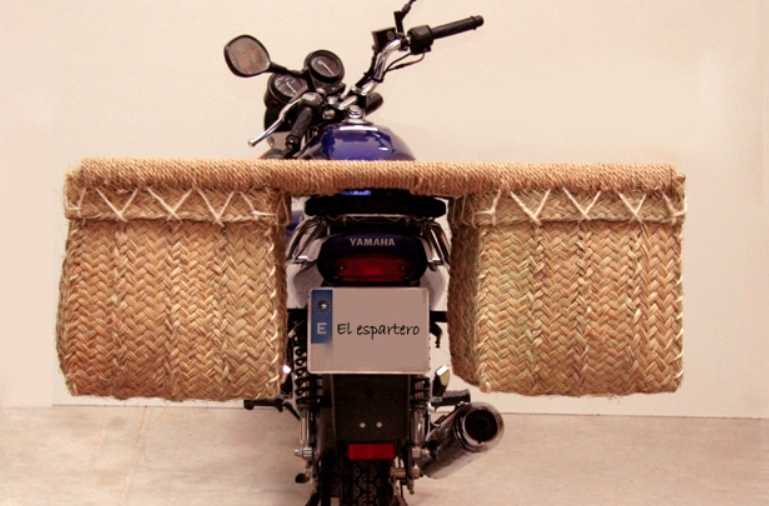
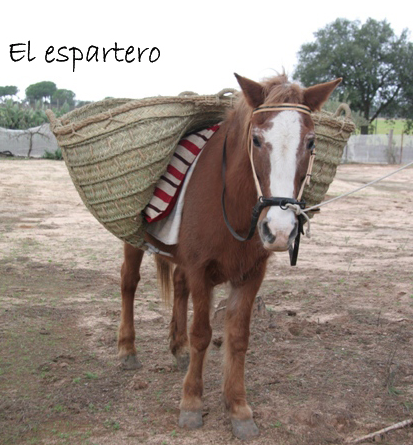

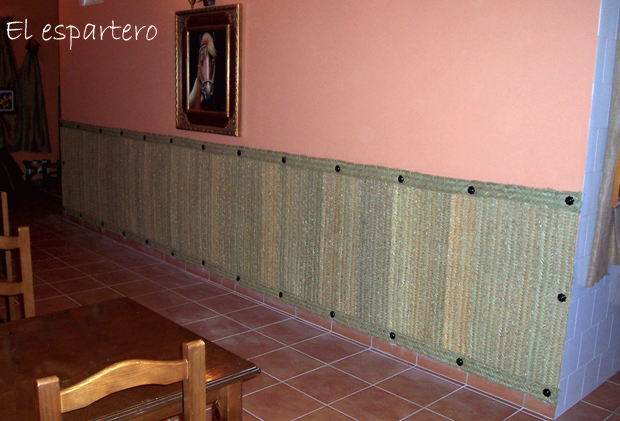
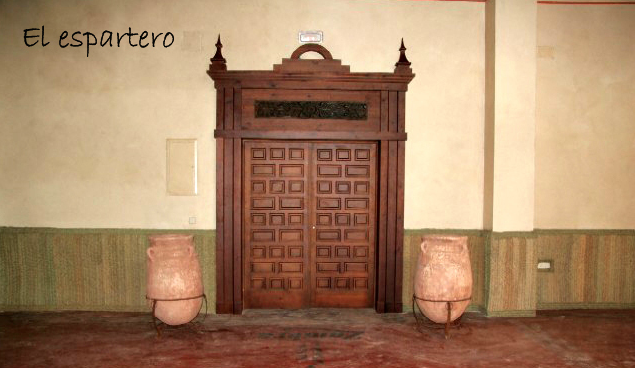


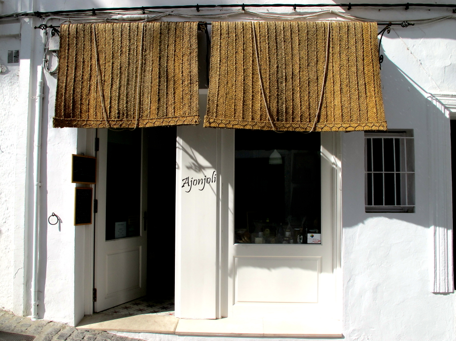
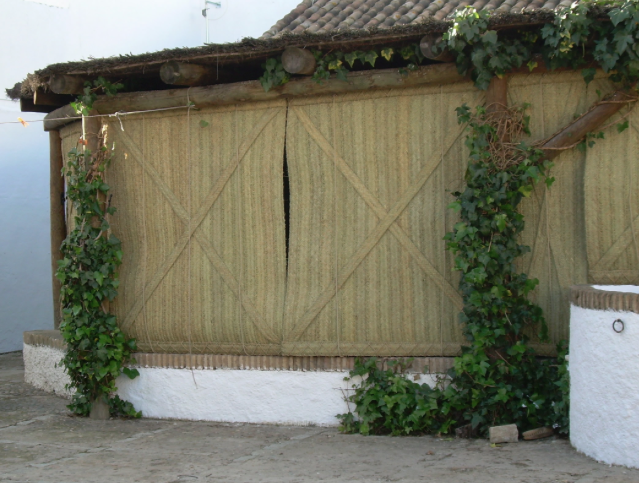

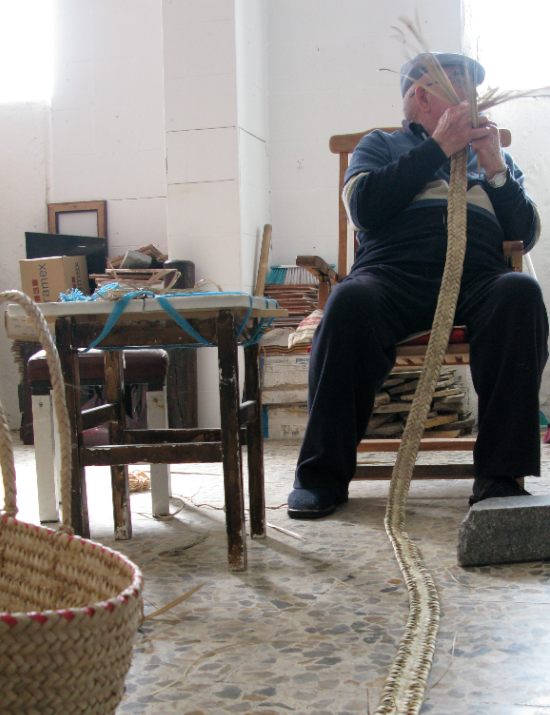
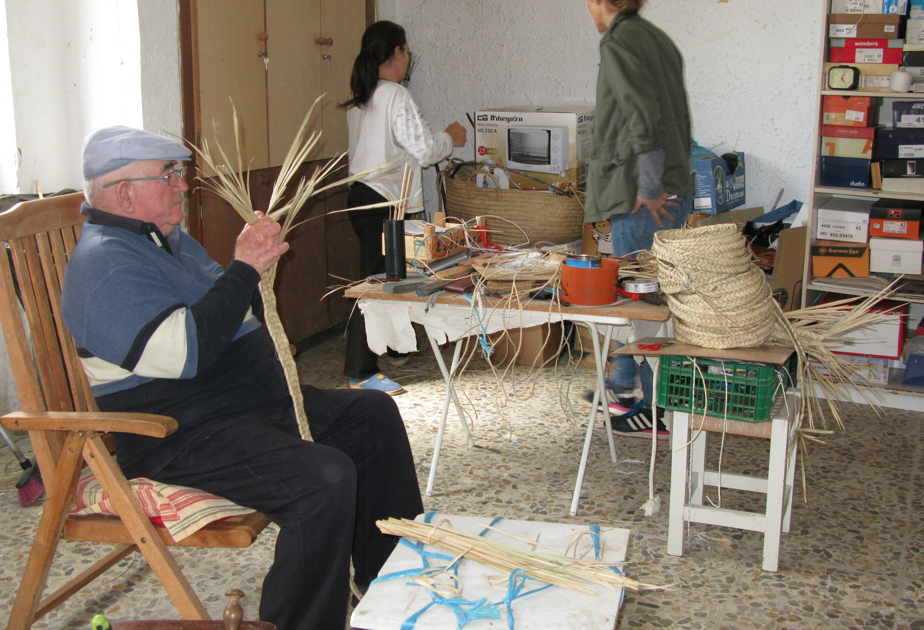
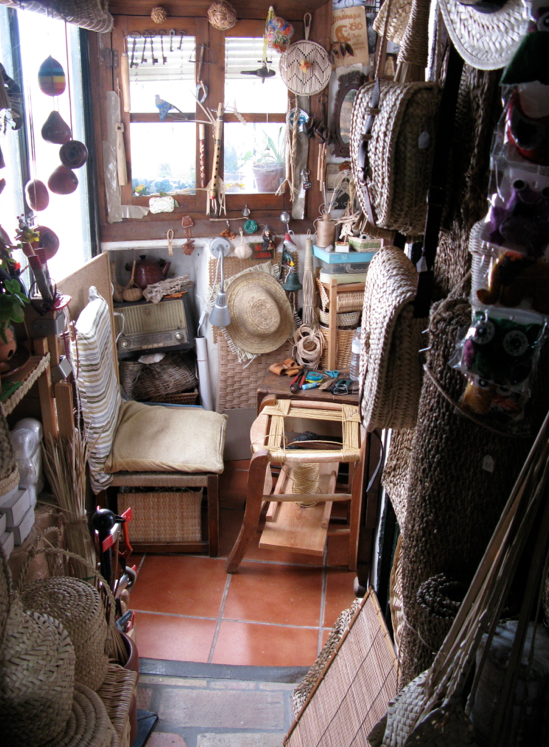

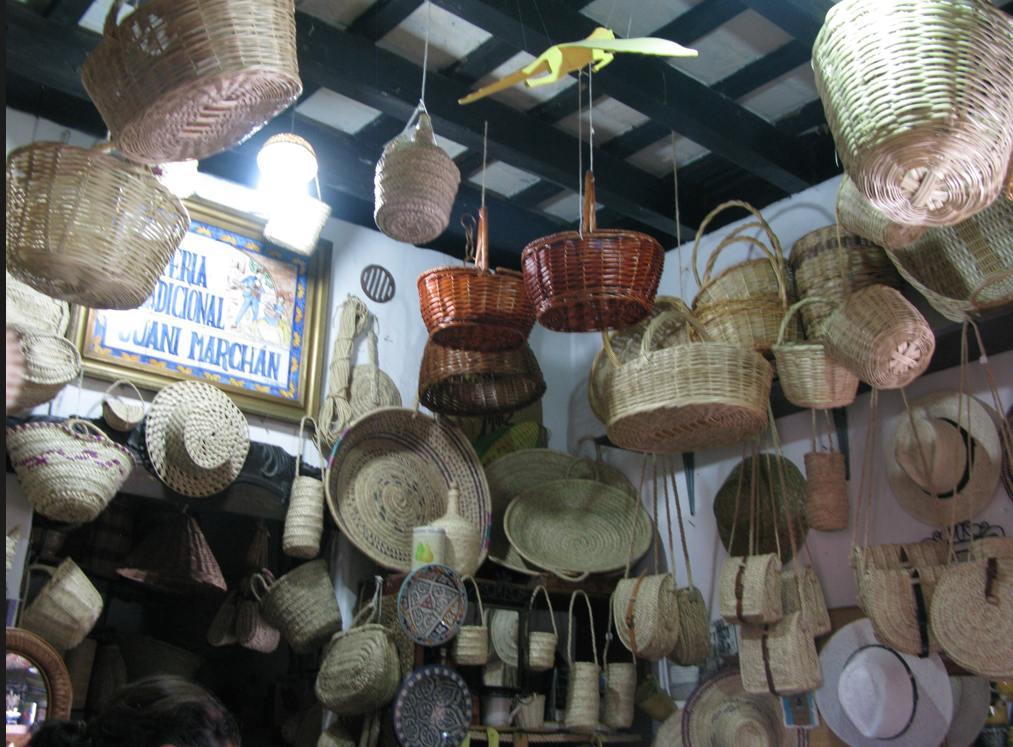
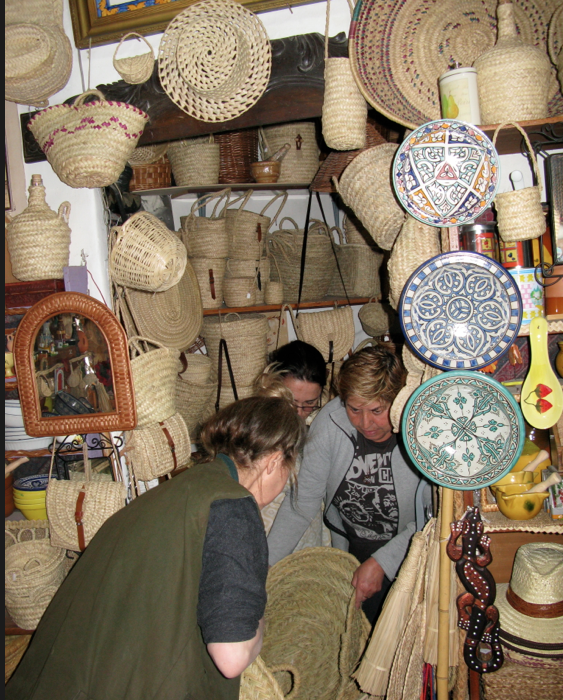


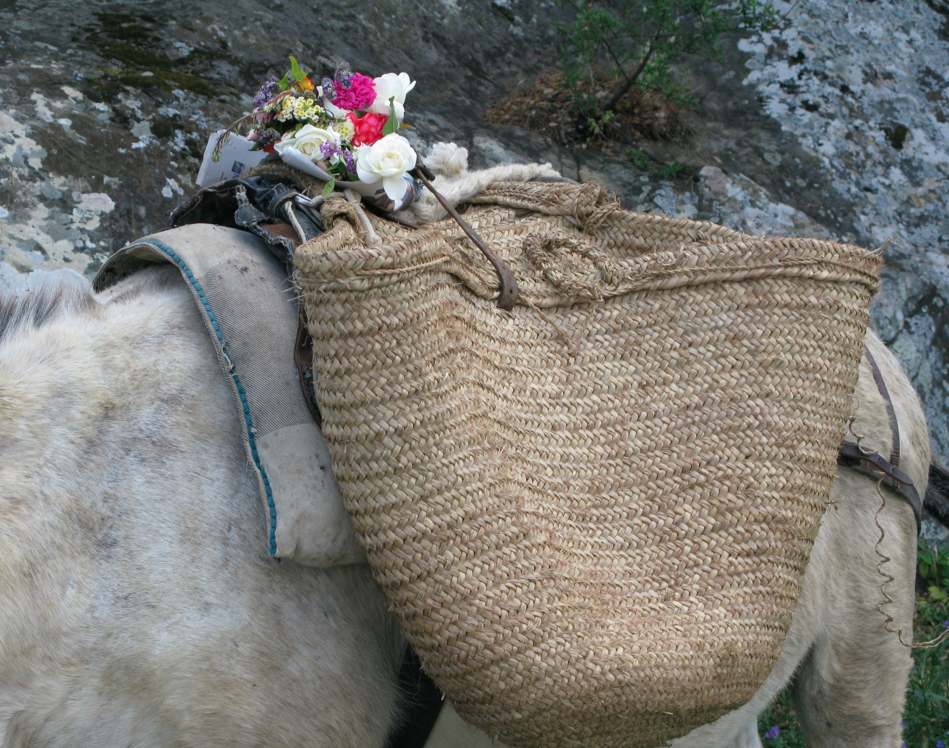
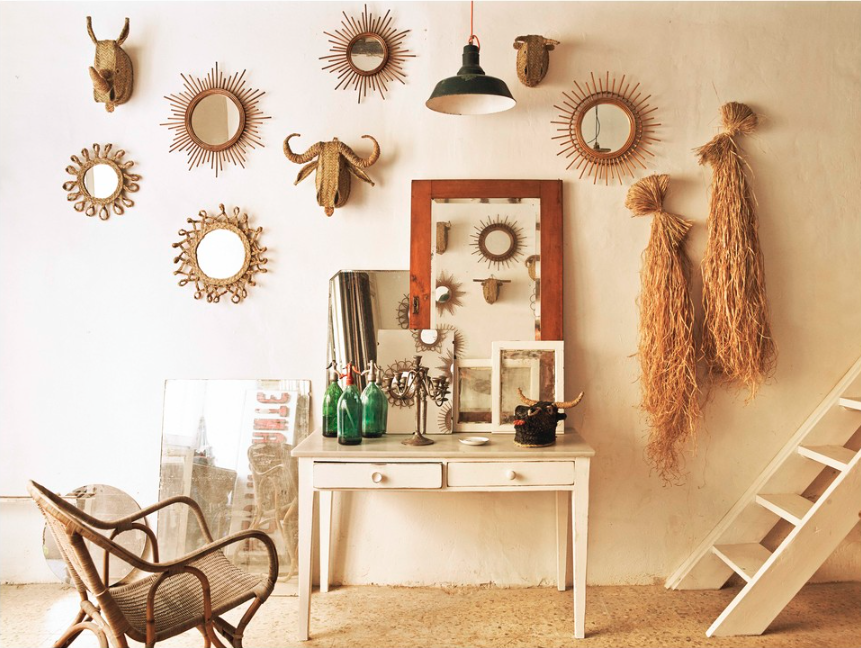
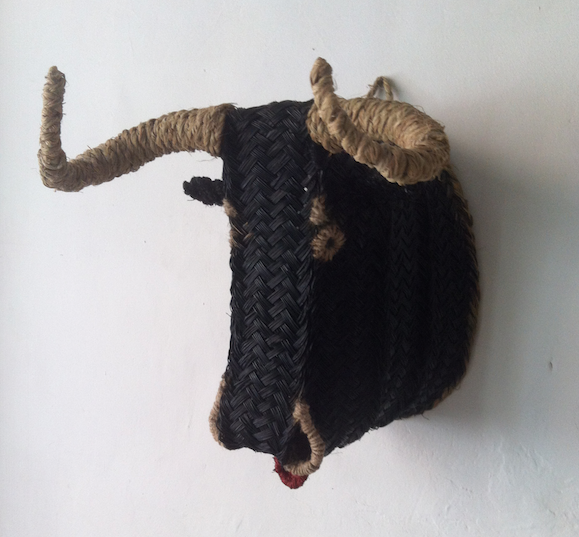

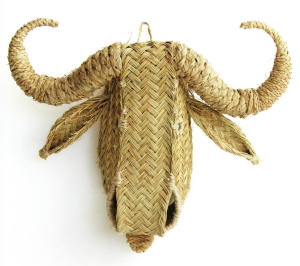
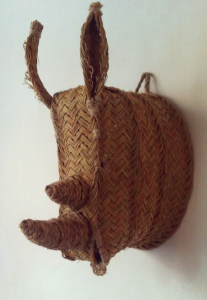
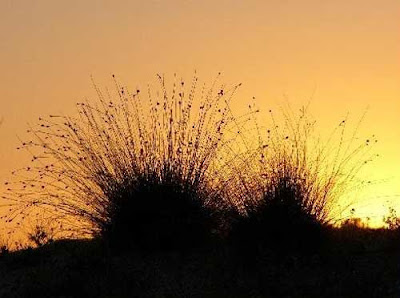






Fascinating information on this versatile grass and wonderful traditional craftmanship. Do you know where I could buy a small bundle of the unwoven grass? Strange request – but would like to display some in our museum. In 19th and early 20th Century, it was used extensively in UK for papermaking and we’re wanting to show it in an exhibition about the cargoes carried on the canals. Any help sourcing some very welcome!
I need to go there right now!
YES Come ! they will make anything you need to measure !
xxxxxxxx fashionsphinx
Me encanta!!!
Consumimos mucho en este estudio…..
que suerte que teneis clientes que lo aprecien !
FANTASTIC ! love it !!!
I love Esparto, too. Good explanations and references. Our craft traditions that shoud no desappear.
Great post!!
Nines
gracias a ti ! mandarlo y compartirlo en facebook , a ver si asi la gente se hace mas sensible hacia este arte y tradición que se pierden